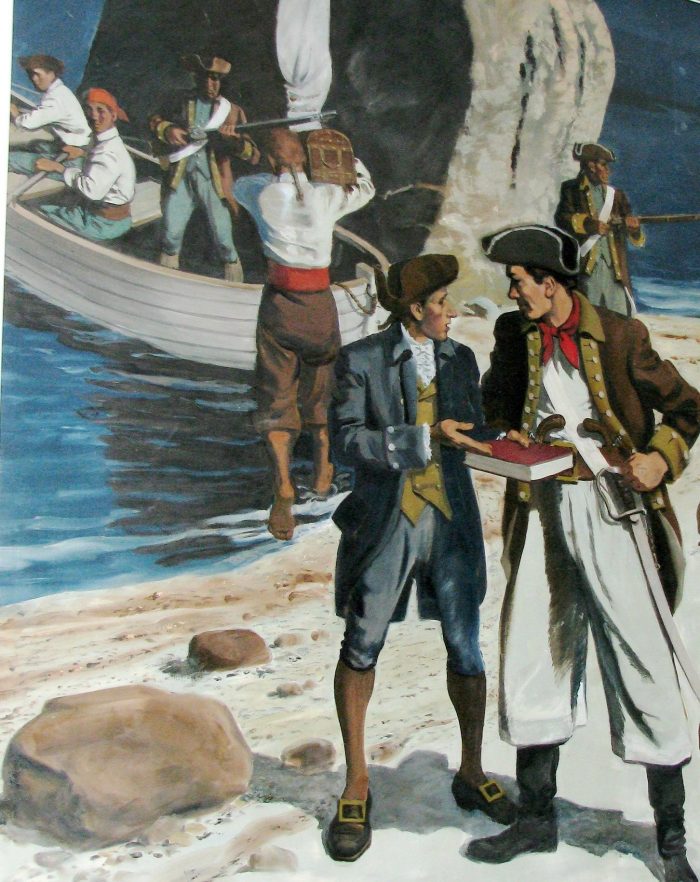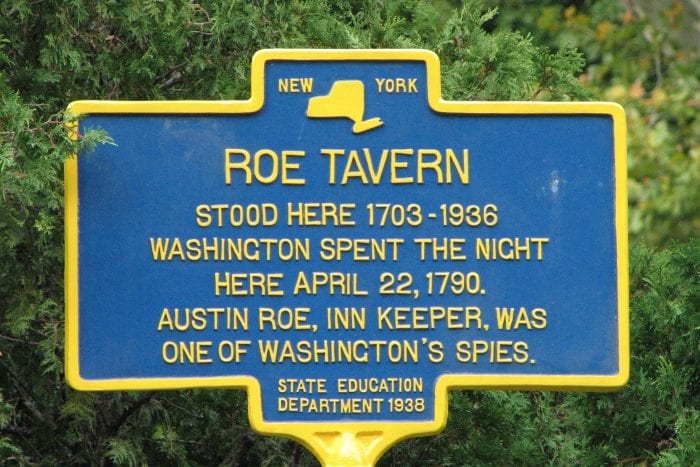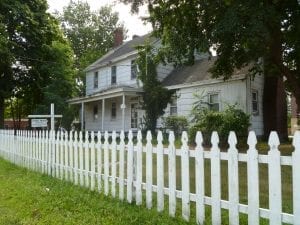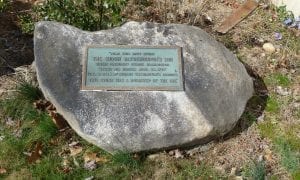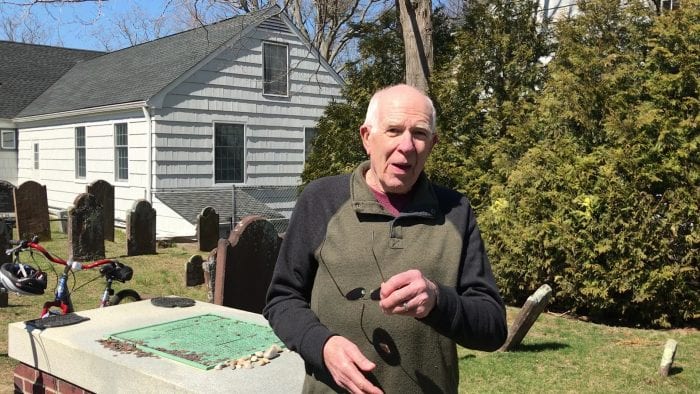By Cayla Rosenhagen
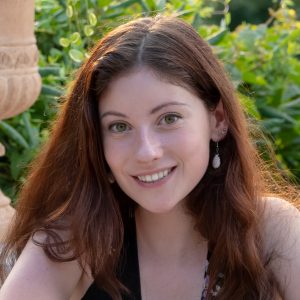
The past teaches us invaluable lessons about unity, courage, and overcoming challenges. By studying our community’s deep history, we not only celebrate and learn from the tales of historic heroes and heroines, but also form stronger bonds with those we share our community with.
The Three Village Historical Society seeks to strengthen those ties through its work in preservation and education. Their museum at the Bayles-Swezey House in Setauket evokes the passion for history of its curators in an environment that emphasizes the important roles the Three Village area has played throughout the years.
I recently had the honor of interviewing Mari Irizarry, appointed earlier this year as the Director of the TVHS, who has brought a wealth of expertise and passion to the Three Village community. According to Irizarry, the organization was founded by volunteers in 1964 to preserve the stories and artifacts of the community. “Sixty years later, that mission is at the backbone of the Society. We are stronger than ever, and it is because of community members and volunteers who dedicate their time and expertise to preserving and sharing stories with the public,” she said.
Did you know Setauket and its ancestral residents played a pivotal role in the American Revolution? In fact, General George Washington employed the help of several Long Island spies to gather intelligence on the British army’s operations in what is known as the Culper Spy Ring. The TVHS’s exhibit, “SPIES!” features a large, interactive space where you can follow the daring stories of members of the Ring and learn how they conveyed coded and hidden messages without being discovered by the British troops occupying Long Island.
The history center’s other exhibit, “Chicken Hill: A Community Lost to Time” sheds light on a diverse community that used to reside in a small area of Setauket. The bygone village still has lessons to teach us all about neighborliness and unity. Over the course of its existence from the Industrial Revolution to the mid-20th century, the area was a melting pot for several minorities including Eastern European Jews, African Americans, and Indigenous Americans.
Despite the fact that its residents practiced different religions and customs and spoke in many languages, Chicken Hill was a cohesive community. The museum has preserved its legacy by showcasing the stories of former residents in the “I Remember” portion of the exhibit, and what life was like then through its informative displays and artifacts.
The museum grounds are also home to the Three Village Farmer’s Market on Fridays currently from 3 to 7 p.m. and in October from 2 to 6 p.m. Stop by to pick up some groceries and handmade gifts and enjoy the museum’s pay-what-you-can open house and access to all the exhibits.
In addition, celebrate Revolutionary War heroes by attending the TVHS’s 8th annual Culper Spy Day at the museum grounds on Sept. 10. Throughout the day, guests can enjoy an immersive colonial-era experience and participate in interactive activities such as crafts and games.
Irizarry was eager to share some more highly-anticipated events:
“Next up, after Culper Spy Day, we’re excited to bring back the Spirits Tour on October 22 where guests will join guides through the Setauket Presbyterian and Caroline Church graveyards to listen to stories from costumed actors who will portray the unknown spies during the American Revolution. We’ll cap off the year with the time-honored tradition of the Candlelight House Tour that will take place in the historic neighborhood of Old Field on Dec. 2 and 3. Five homes will be expertly decorated for the holiday season and guests will tour each home learning about the historical architecture and design.”
Visit the museum located at 93 North Country Road in Setauket on Thursdays from 1 to 5 p.m., Fridays from 3 to 7 p.m., and Saturdays and Sundays from 1 to 5 p.m. Admission is $10 for adults, $5 for children, and is free for TVHS members. For more information about the TVHS’s events, including tours of the exhibits, visit their website at www.tvhs.org or call 631-751-3730.
Cayla Rosenhagen is a local high school student who enjoys capturing the unique charm of the community through photography and journalism. She serves on the board of directors for the Four Harbors Audubon Society and Brookhaven’s Youth Board, and is the founder and coordinator of Beach Bucket Brigade, a community outreach program dedicated to environmental awareness, engagement, and education. She is also an avid birder, hiker, and artist who is concurrently enrolled in college.

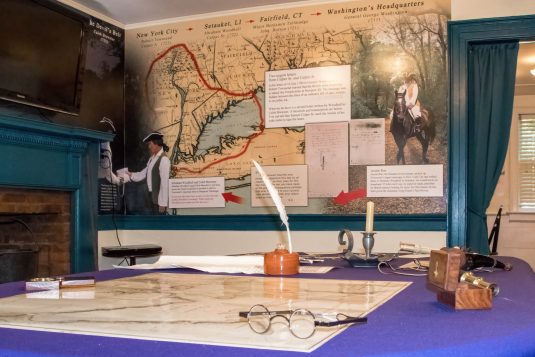

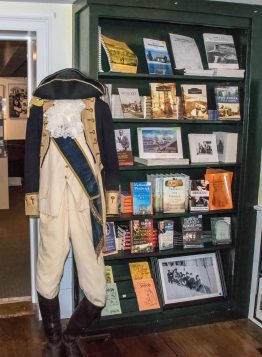
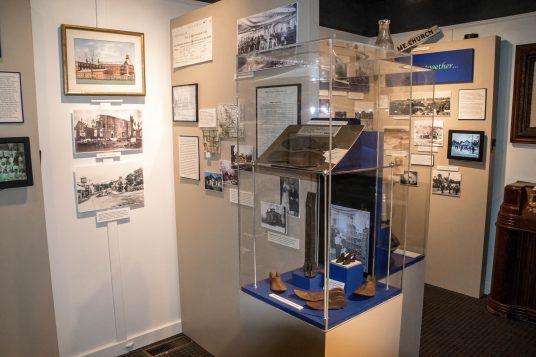
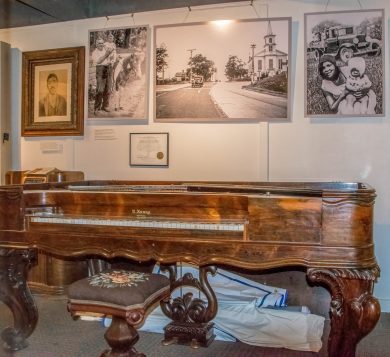
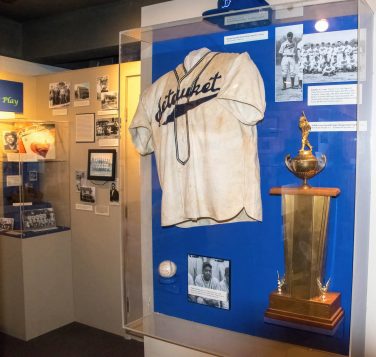
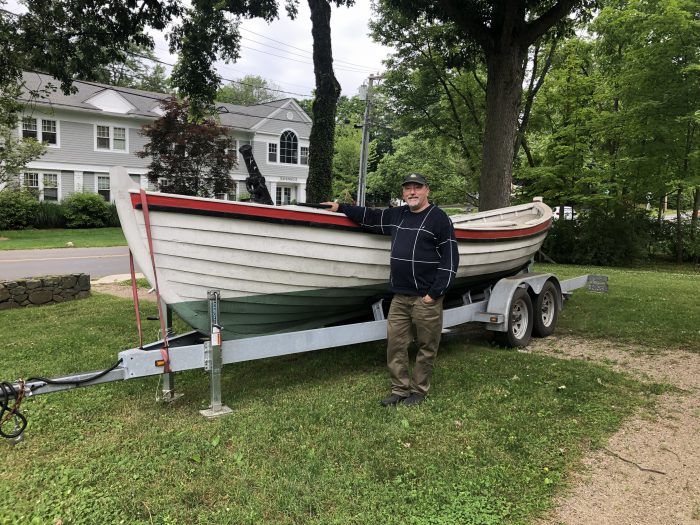
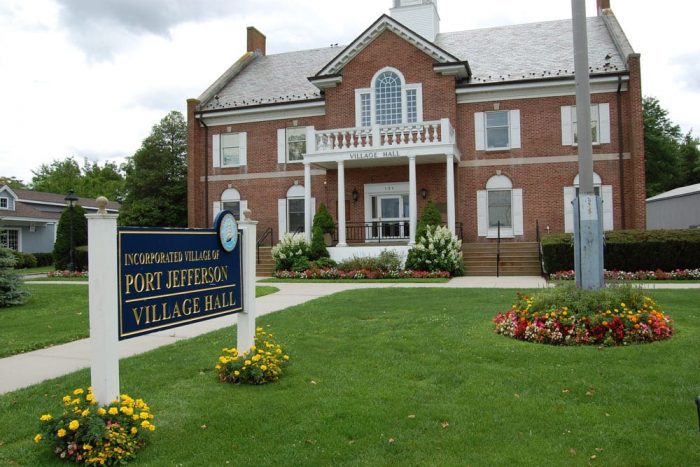
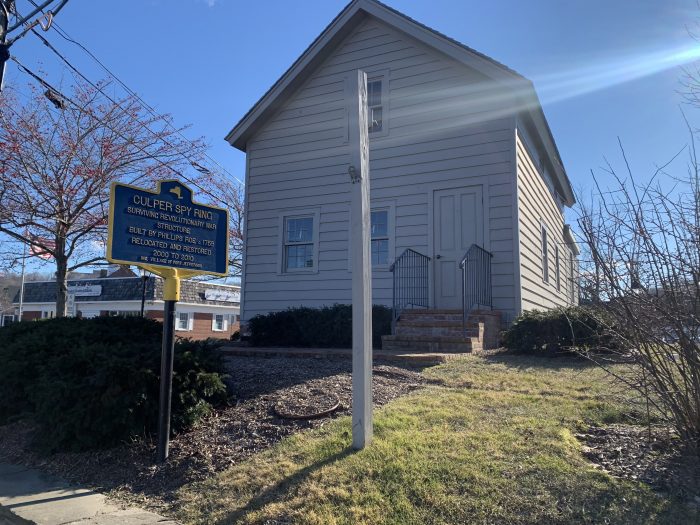


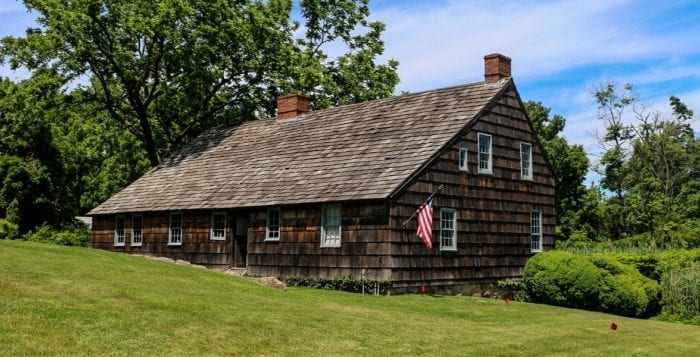
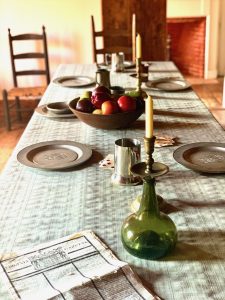
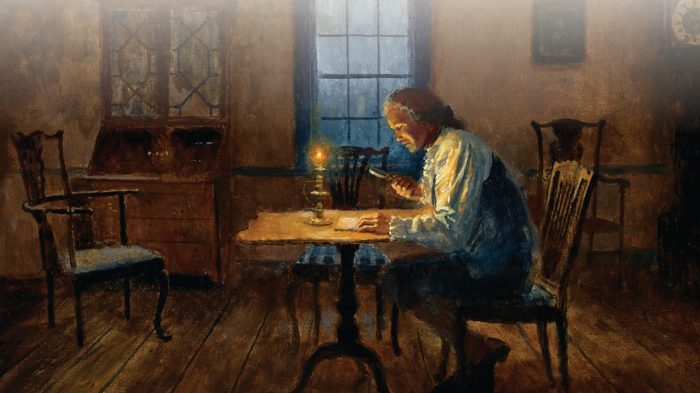
 After the book discussion, enjoy a final opportunity to see the newly discovered Culper Spy letter while it is still on vie. The handwritten letter that is dated November 8, 1779, and is from Benjamin Tallmadge (using his alias, John Bolton) to Robert Townsend (alias, Samuel Culper Jr.) is the only known surviving letter between the two.
After the book discussion, enjoy a final opportunity to see the newly discovered Culper Spy letter while it is still on vie. The handwritten letter that is dated November 8, 1779, and is from Benjamin Tallmadge (using his alias, John Bolton) to Robert Townsend (alias, Samuel Culper Jr.) is the only known surviving letter between the two.